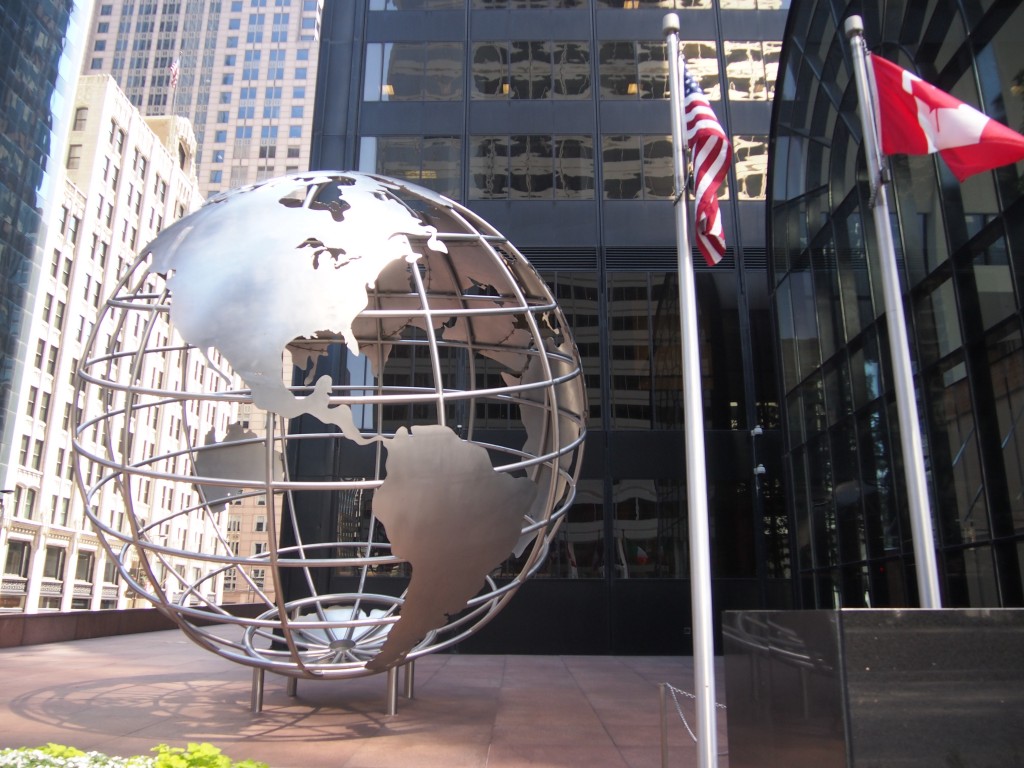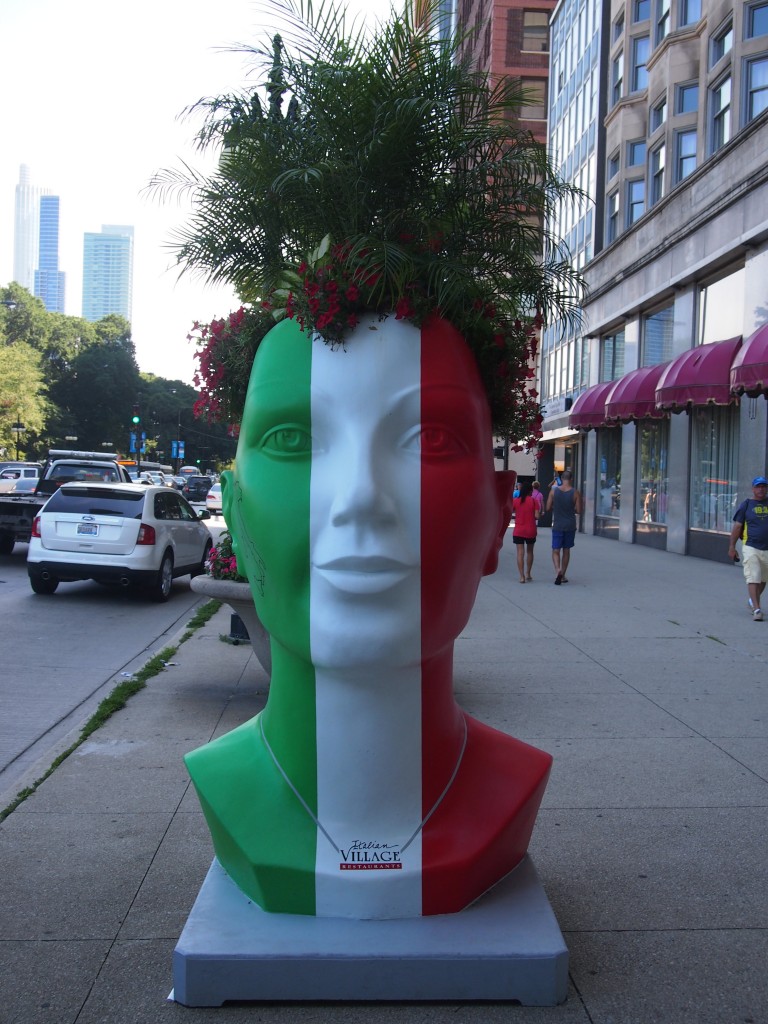All together we visited seven residences on the Historic Pullman House Tour, none of them usually open to the public because people live in them. But on this particular weekend the owners agreed to show them off. I don’t think I’d ever been on a house walk of this kind before, probably because of a vague association with a House Beautiful sensibility. De gustibus non est disputandum, but it isn’t an impulse I share. I’m more House Cluttered.
Pullman’s historic character pulled me in, and come to think of it a house walk can be a good way to go into places and see things. I might have to look into other walks: House Interesting or Odd, if not Beautiful.
Usually it took a few minutes to get into each house, with small groups entering as others left. None of the Pullman houses are that large, and they’re easy to fill up. The event wasn’t teeming with people, but well attended, including a couple of busloads of seniors. In fact, I’d guess that the average age of the attendees was a bit older than me.
Sometimes the rooms and halls were so crowded, it felt like being at a party – except no one knew anyone else, or planned to stick around to gab. The homeowner was usually in one of the rooms, with volunteers in other rooms to explain the original layout of the place, answer questions, and (probably) keep an eye on small possessions.
As far as I could tell, none of the houses still feature their original layouts, but some were closer than others. You’d hardly except a 21st-century family to live in space designed for, say, a half-dozen unmarried skilled workers of the late 19th century. A couple of the homeowners, especially the fellow who owns 533 E. 112th St., whose block is also known as Arcade Row, did an elaborate, painstaking restoration job inspired by design of the late 19th century – wall colors, fixtures, furnishings. He also had art and artifacts either from the period, or reminiscent of it, including items from the mostly lost mansions on Prairie Ave. (George Pullman had his mansion there), and others depicting the 1893 Columbian Exposition.
Arcade Row is close to the former site of the Pullman Arcade Building, a missing part of Pullman. It would be quite a thing to have around: “Pullman Arcade Building contained a 500-seat theatre, a post office, library, the Pullman Trust and Savings Bank, the town management offices as well as office and storefront spaces that were rented to private businesses,” notes the Historic Pullman Foundation. “Modeled after the enclosed arcades of Europe, the Arcade Building was a forerunner of the modern shopping mall we know today. The building was unfortunately demolished in 1927, as the nearby shopping areas gained greater popularity and the building became no longer financially viable.”
Jazz Age retail killed the Arcade, not rampant out-with-the-old of the ’50s and ’60s. Ah, well.
All of homeowners had put a lot of effort into their properties, but mostly their interiors were distinctly modern, some more aesthetic than others. One owner’s hobby was stained glass, and he put a lot of nice work into his house. Other owners invested a lot of time in their small back yards, raising flowers and koi and installing sculptures and sundials and fountains. Another owner was fond of art exhibit posters. I looked at one in particular for a few moments – The Age of Sultan Suleyman the Magnificent, which was at the Art Institute in the summer of ’87 – before I thought, “Hey, I went to that one.”
Yet another owner had a large collection of model fantasy figures – you know, heroes, dragons, orcs, and so on, a few inches high, quite detailed, and each with a home in a display case. And, he told me, places to set them up that were put away for the house tour. I told him my cousin has an impressive collection of military model figures, and he allowed that fantasy/military is probably the main division among figure-oriented hobbyists.
Each home has two or three floors, all of them with narrow staircases. After climbing stairs in seven houses, we were fairly tired but also thirsty and in need of lunch. So we repaired to the Cal-Harbor Restaurant, a diner-like place without a lot of decoration; it was good to take a rest from sensory overload. Or at least to shift away from visual stimulation to the satisfaction of good omelettes and – something you don’t always find in Chicago diners – good grits.
Cal-Harbor is on 115th, which is a mid-sized east-west street. Visible from its window is a facility across the street that includes a vast plain of black asphalt and a brutal concrete building, all surrounded by a chain-link fence. I don’t know what it is. I guess it has some economic utility. But it’s butt ugly. The Pullman neighborhood could have been that.

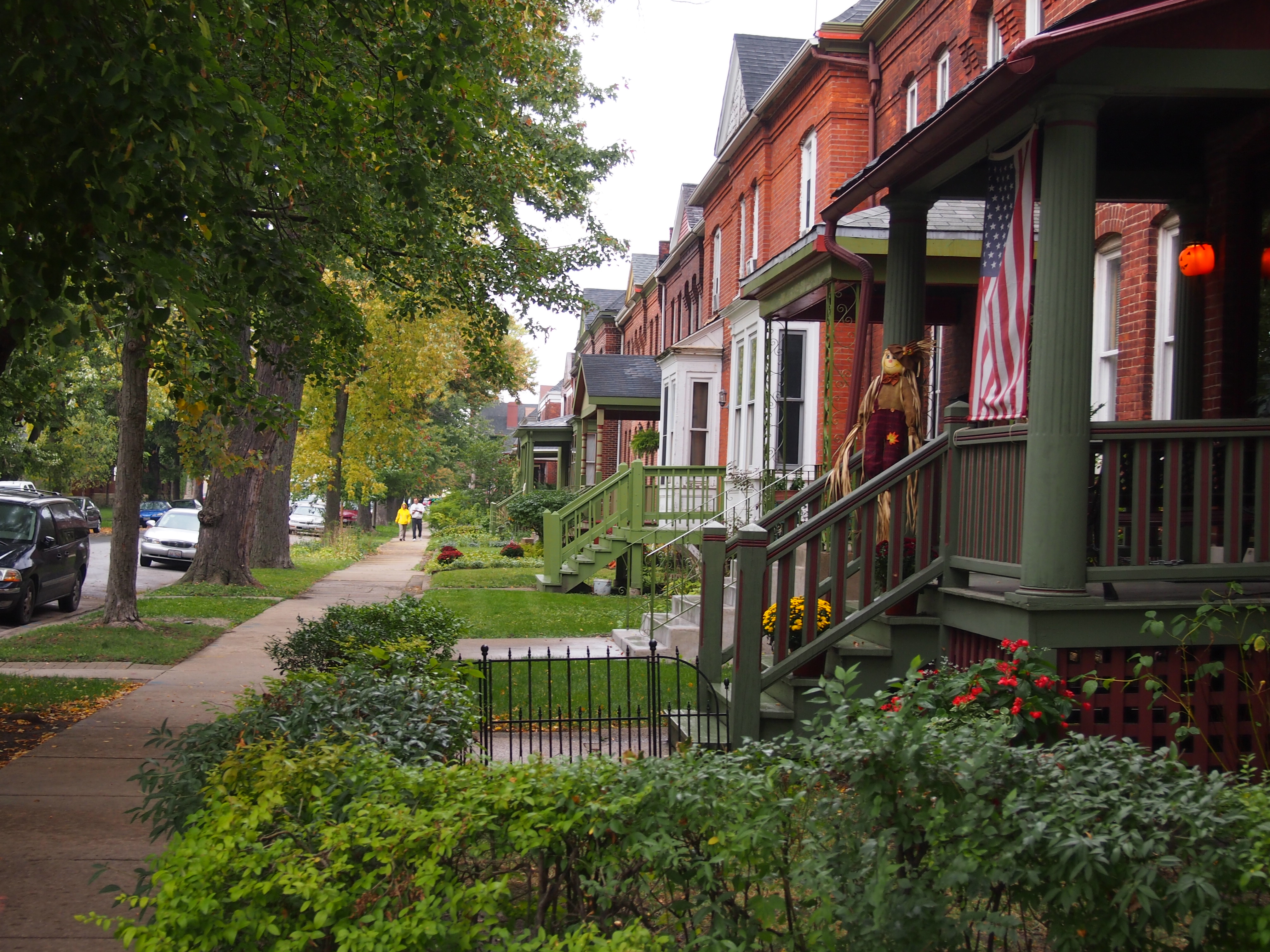

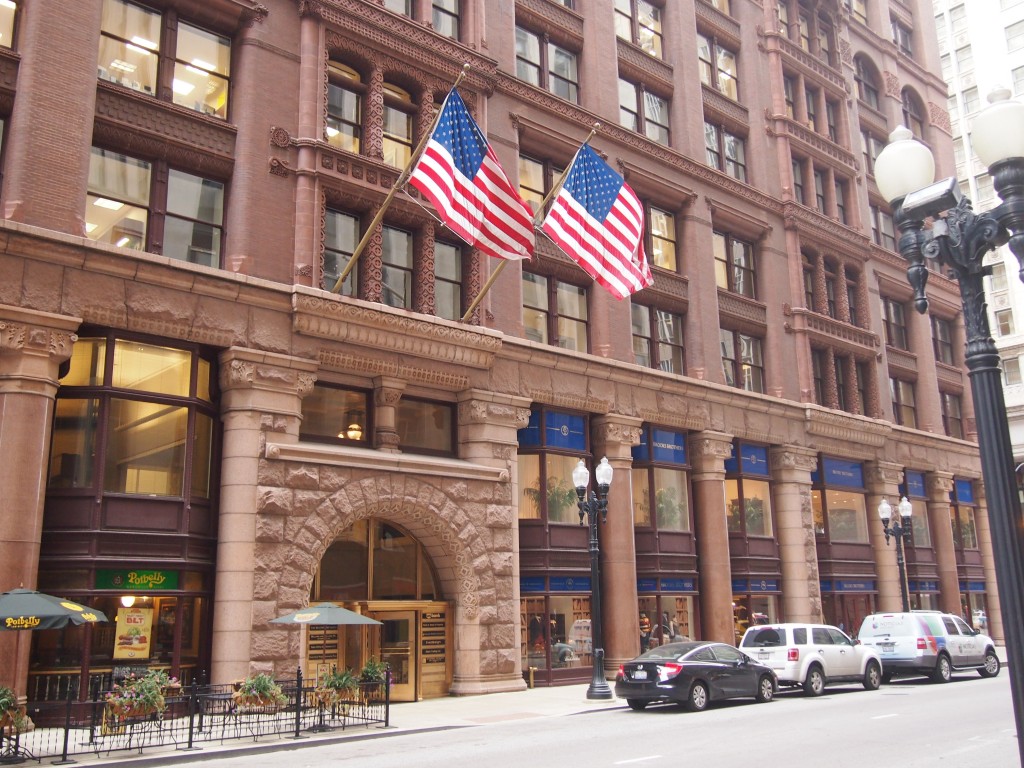
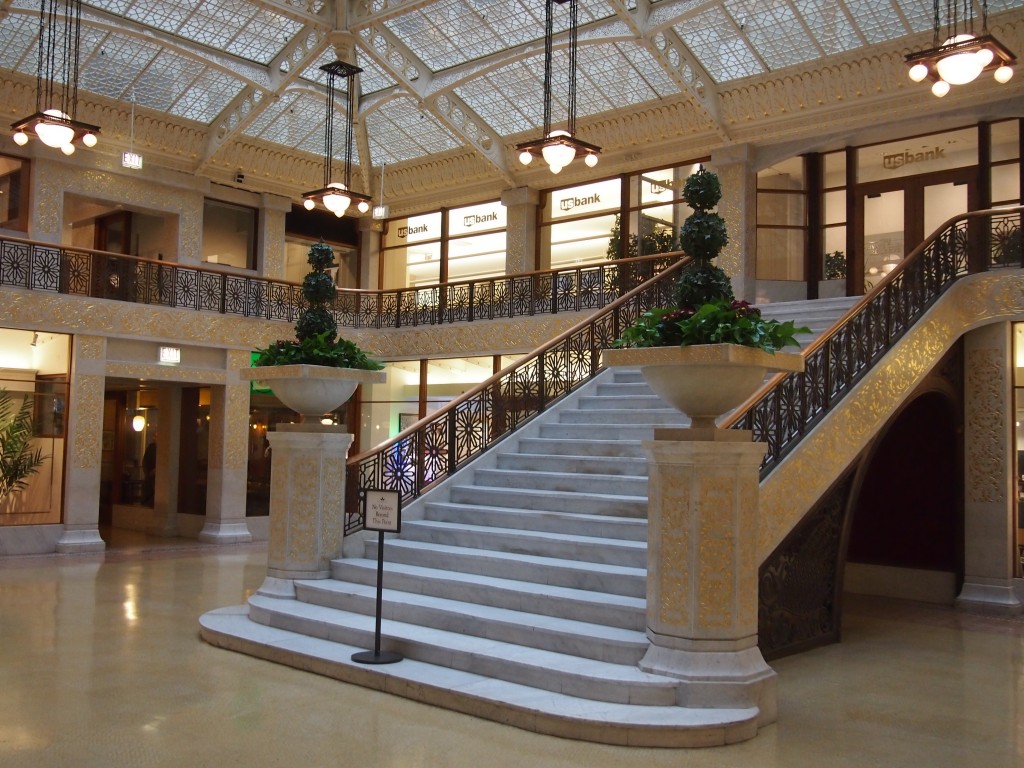


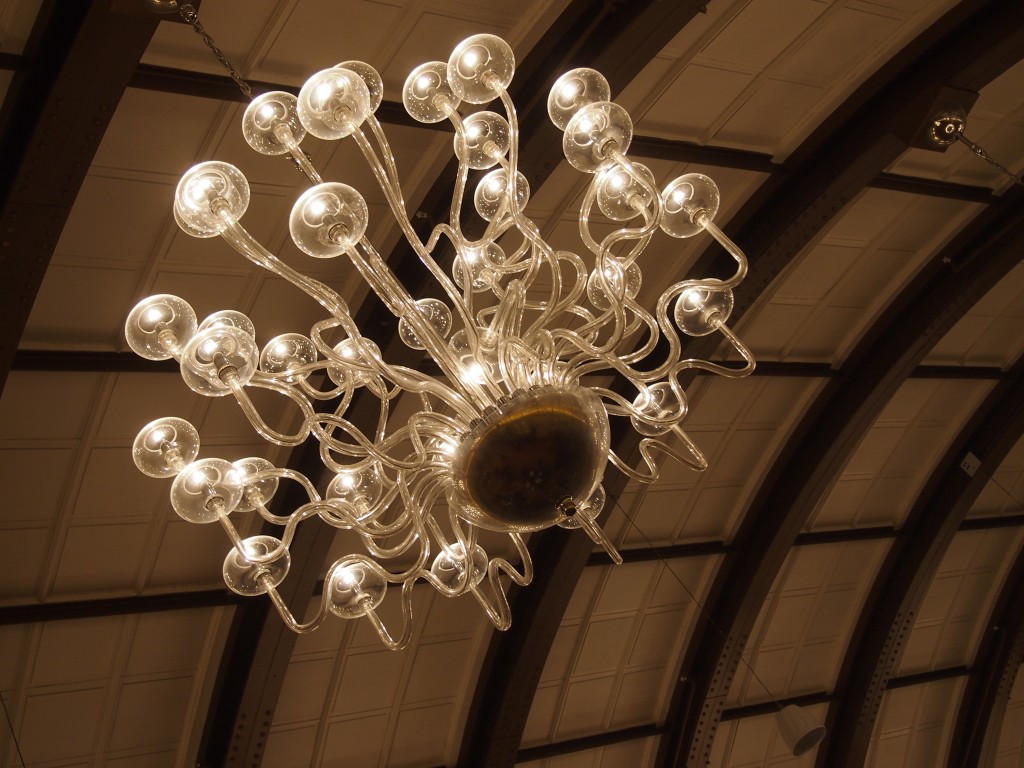
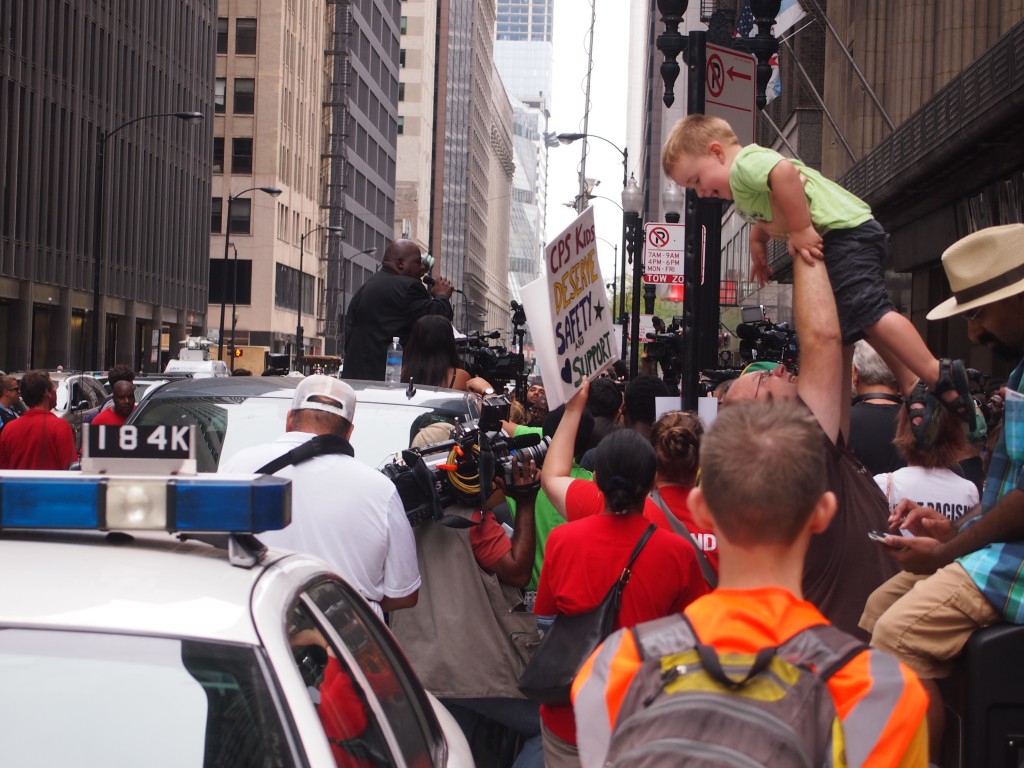

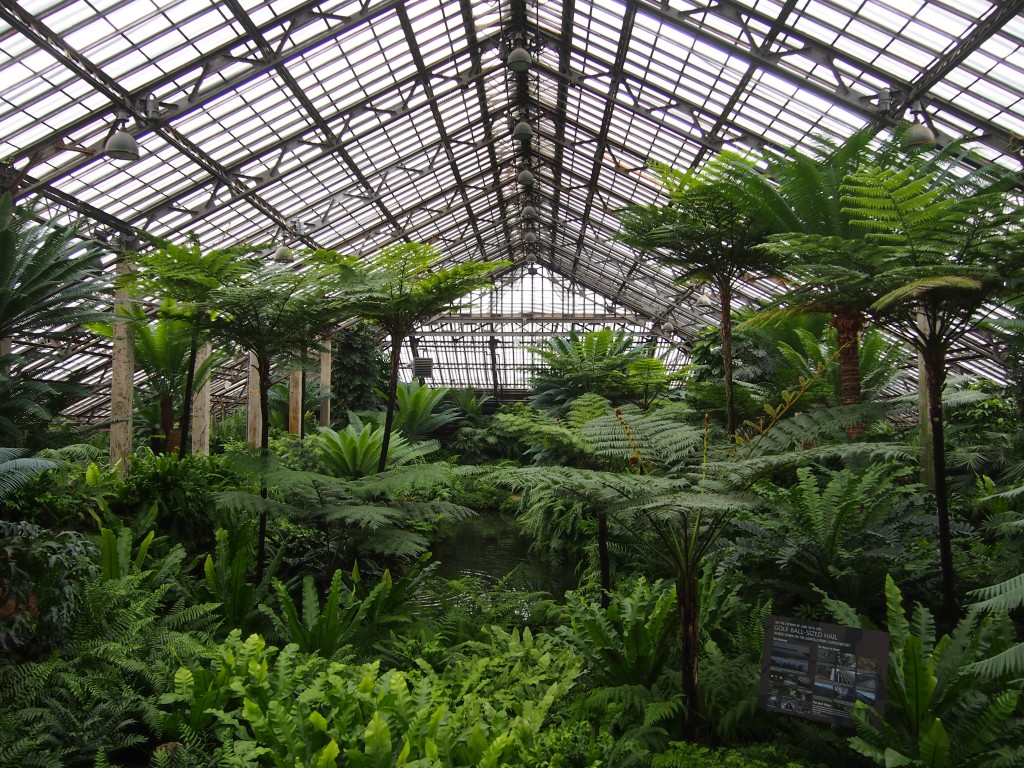
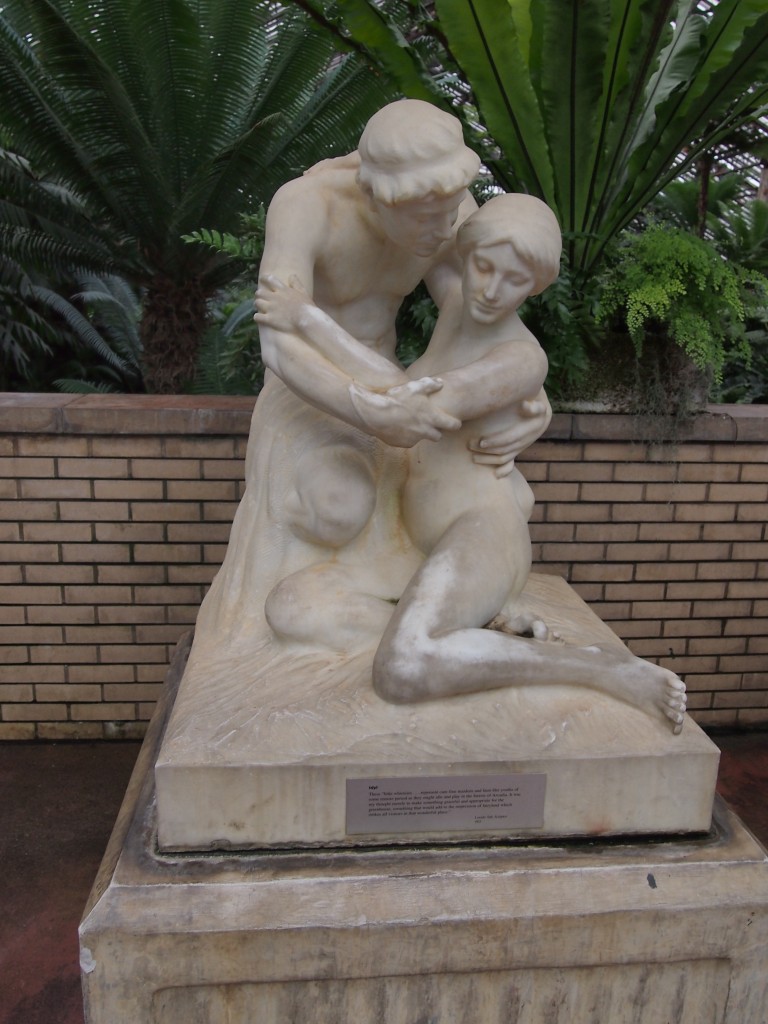
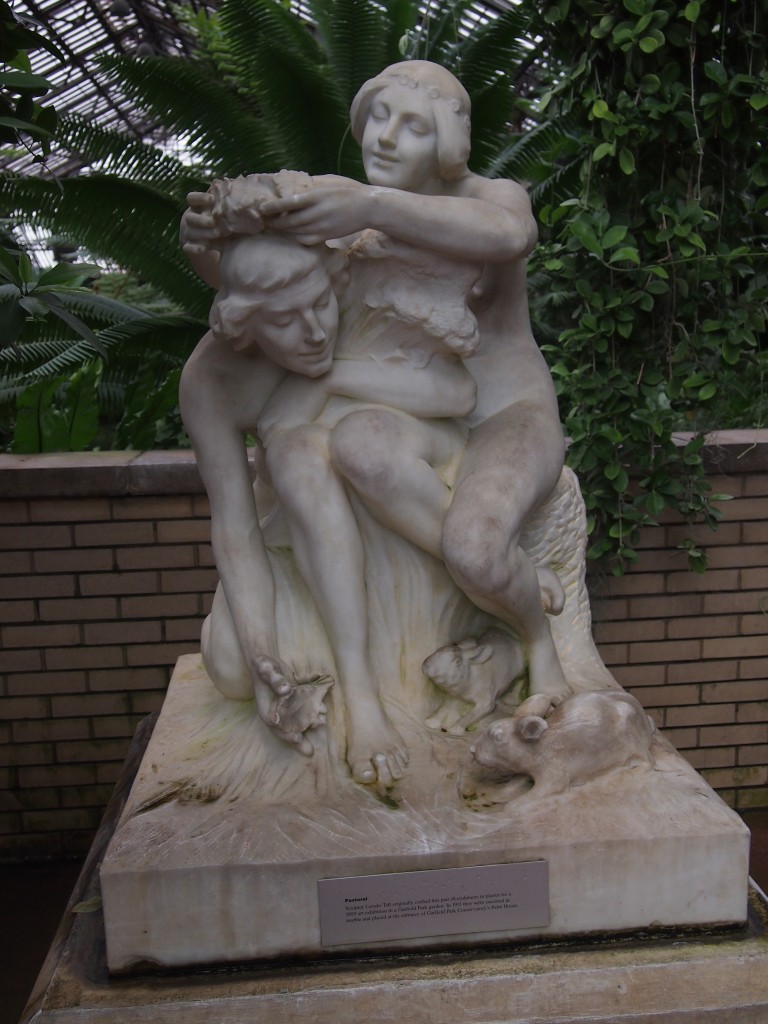
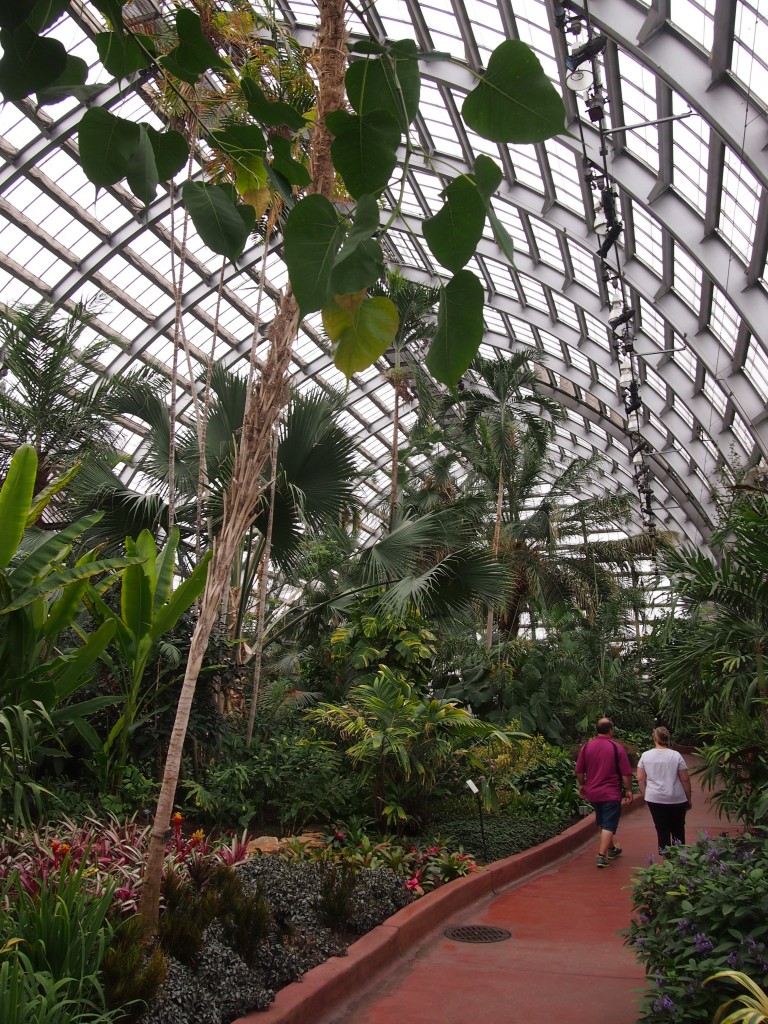
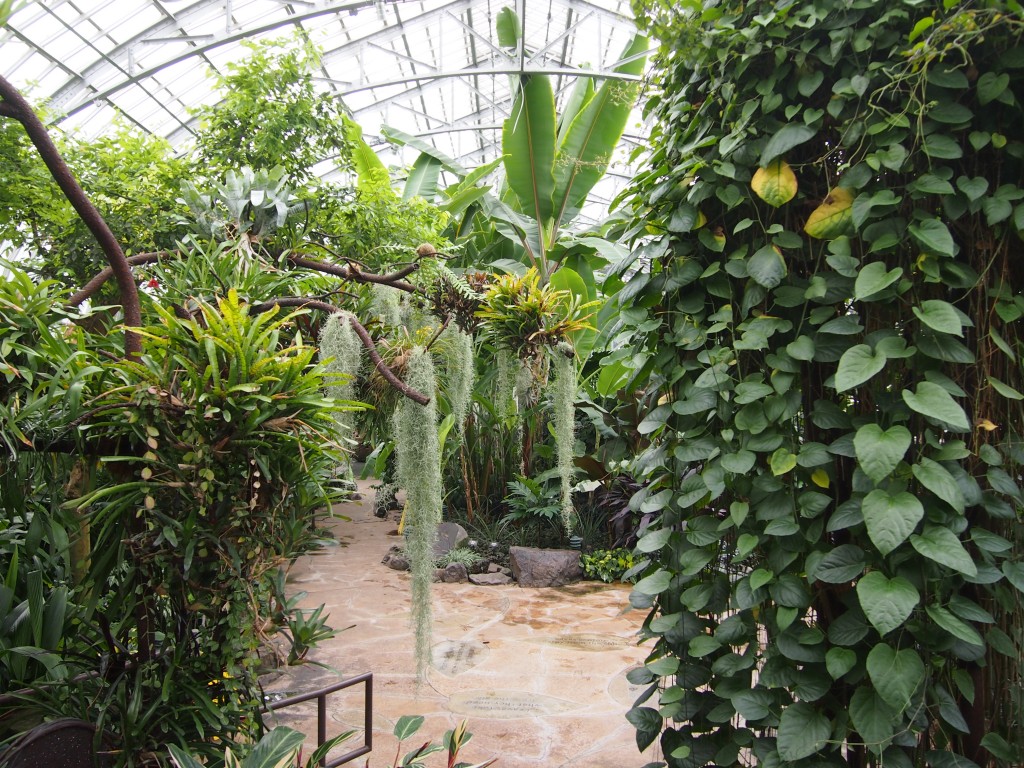
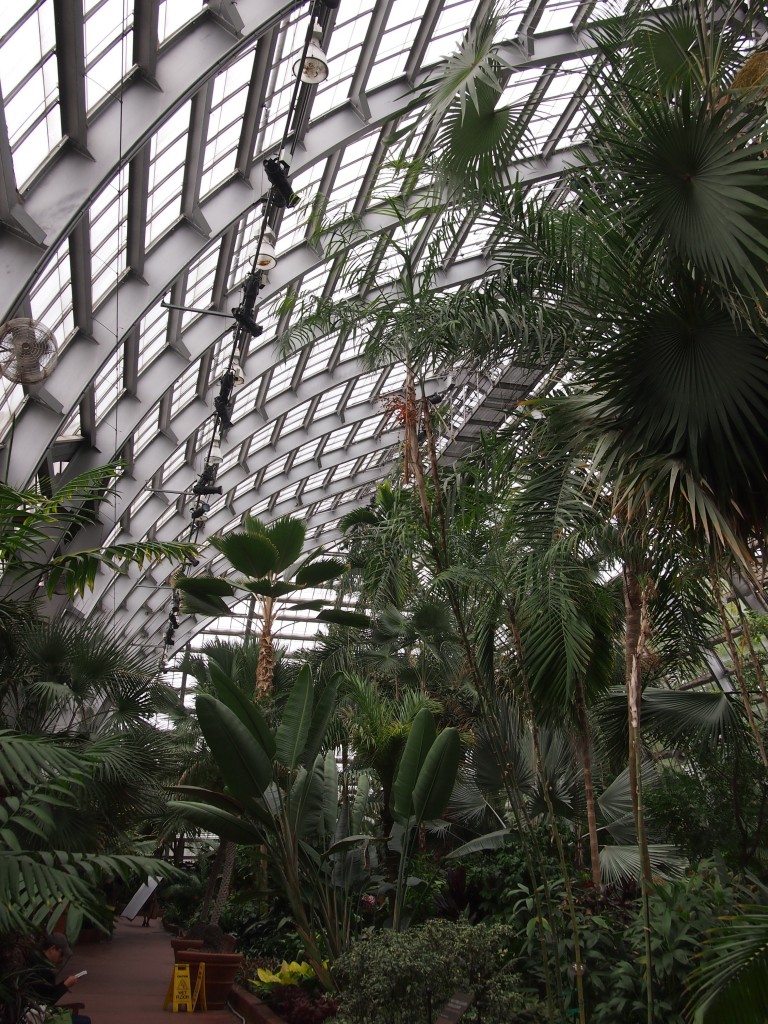

 Or the Shrimp Plant, Pachystachys lutae, Acanthaceae, which grows in Peru.
Or the Shrimp Plant, Pachystachys lutae, Acanthaceae, which grows in Peru.

